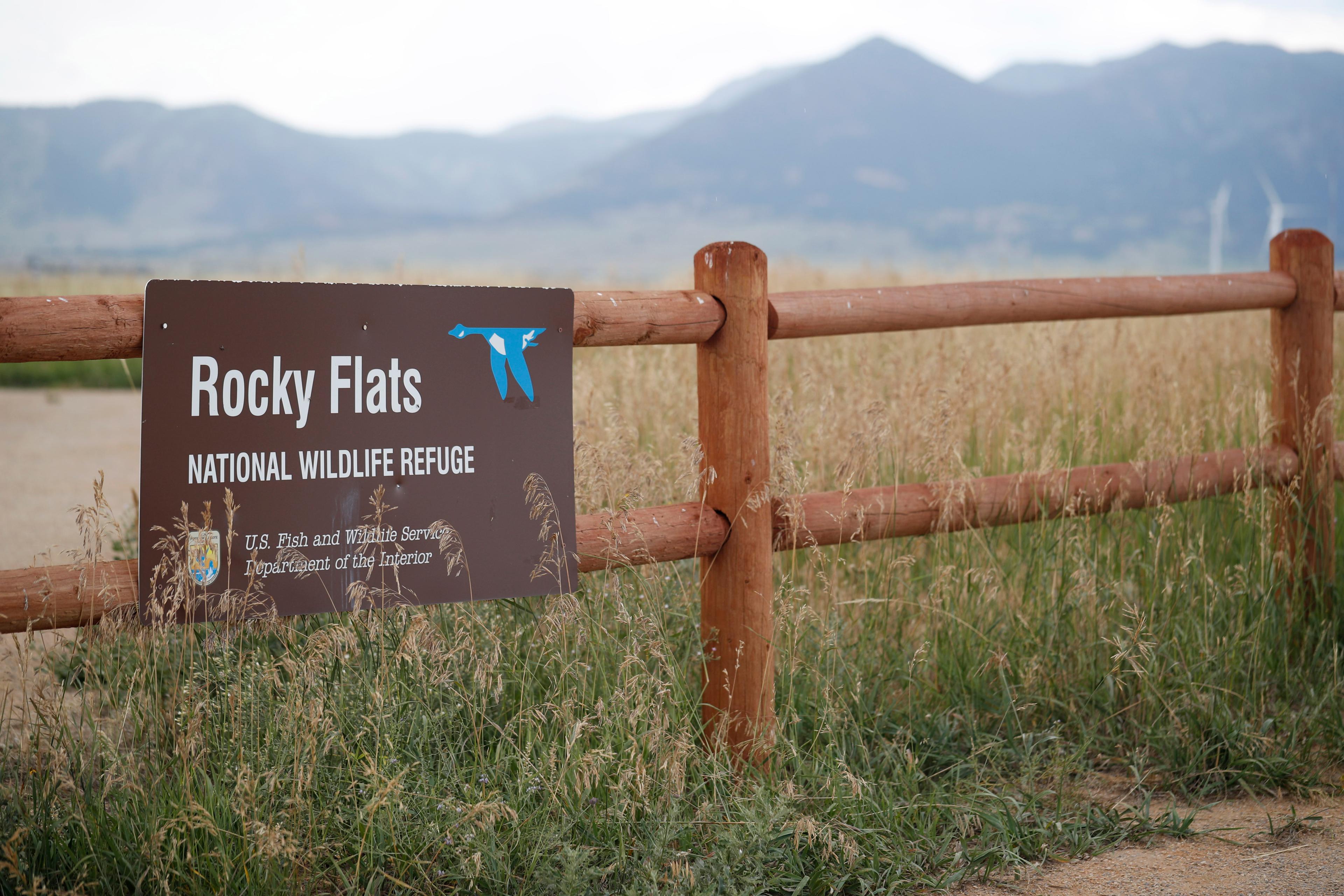
A new round of soil testing near a former nuclear weapons plant outside Denver found no radioactivity above the cleanup standard for the site with a history of environmental violations, U.S. officials said Friday.
The Fish and Wildlife Service released the results of tests on 48 soil samples from planned trails at the Rocky Flats National Wildlife Refuge. The refuge is on the buffer zone around a plant that made plutonium triggers for nuclear weapons from 1952 until 1989.
The agency contracted with Engineering Analytics Inc. of Fort Collins to test for two kinds of plutonium, three kinds of uranium and americium. All are radioactive.
At least one of the five showed up in all 48 samples, but all were below the cleanup standards set for the site, according to the company's report.
Earlier tests from a different part of the buffer zone found elevated levels of plutonium, while a second test from the same area showed lower levels.
The soil sample in those tests was from the path of a planned highway, outside the boundaries of the wildlife refuge. The results were made public in August.
The Colorado Department of Public Health and Environment was trying to sort out the conflicting results. In the meantime, backers of the highway said they were suspending their search for investors to help build the road.
Rocky Flats, which made plutonium triggers for nuclear warheads, underwent a $7 billion cleanup that was finished in 2005.
The plant had a long history of leaks, fires and environmental violations, which led to an FBI raid. The plant operator, Rockwell International, was fined $18.5 million.
The original plant covered 10 square miles on a windy plateau 16 miles northwest of Denver.
The wildlife refuge was created on the former buffer zone around the perimeter of the site and turned over to the Fish and Wildlife Service. It opened to the public last year, but activists sued in federal court, alleging the government didn't do enough to ensure people's safety.
The center of the site, where the plutonium was handled, is controlled by the U.S. Department of Energy and remains closed to the public. It covers 2 square miles.








